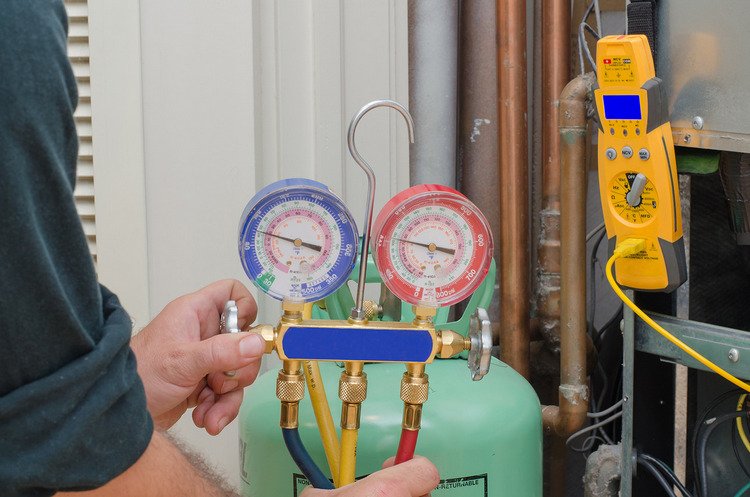The transition to A2L refrigerants is reshaping the HVAC industry, driven by the global push for environmentally friendly solutions. With lower global warming potential (GWP) compared to traditional options, A2Ls are at the forefront of sustainable innovation. However, this shift comes with critical deadlines that manufacturers, contractors, and technicians must meet to stay compliant with new regulations.
From updated safety standards to equipment retrofits, now is the time to prepare for the A2L transition. Understanding key milestones in this timeline will ensure a seamless adaptation to these changes, positioning your business for success in a greener, more sustainable future.
What is the timeline for A2L?
Here’s a comprehensive timeline of the A2L transition, highlighting the milestones that manufacturers, contractors, and technicians need to follow:
1. Global regulatory push
The movement toward A2Ls is rooted in international agreements, most notably the Kigali Amendment to the Montreal Protocol. Ratified in 2016, this amendment sets targets for phasing down the use of hydrofluorocarbons (HFCs), which are widely used in HVAC systems but have high GWP. Countries worldwide, including the United States, European Union, and Canada, are aligning their policies with these global objectives.
2. U.S. regulatory milestones
In the United States, the Environmental Protection Agency (EPA) has implemented the American Innovation and Manufacturing (AIM) Act, which came into effect in December 2020. The AIM Act mandates a phasedown of HFC production and consumption by 85% by 2036.
Key deadlines include:
- 2024: A 40% reduction in HFC consumption relative to baseline levels, marking the first major phase in the AIM Act’s implementation.
- 2029: A 70% reduction, further tightening the availability of high-GWP refrigerants.
These reductions will drive increased demand for low-GWP alternatives, including A2Ls, making it essential for businesses to adjust their practices and equipment accordingly.
3. 2024 I-Code Updates
In addition to federal regulations, updated building codes will play a significant role in the transition. The 2024 International Mechanical Code (IMC) and International Fire Code (IFC) now incorporate provisions for the use of A2Ls in residential, commercial, and industrial HVAC systems. These updates address safety measures such as ventilation, leak detection, and refrigerant charge limits to ensure safe handling and operation.
Compliance with these updated codes is crucial for contractors and technicians, as they govern how and where A2Ls can be safely used.
4. Manufacturer readiness
To meet regulatory requirements, equipment manufacturers are ramping up the production of systems compatible with A2Ls. Major milestones include:
- 2023–2025: Development and certification of A2L-compatible equipment to comply with evolving standards.
- 2025–2030: Broad market availability of A2L-ready HVAC systems, allowing contractors and end-users to make the switch as older systems are phased out.
5. Training and certification deadlines
The adoption of A2Ls also requires specialized training for HVAC professionals. They are mildly flammable, which introduces new considerations for safe handling, installation, and maintenance. Training programs are now being offered by industry organizations such as AHRI, ACCA, and ASHRAE to equip technicians with the knowledge they need.
Industry professionals should prioritize completing this training as soon as possible to avoid potential delays in servicing A2L systems.
6. Global momentum
Outside the U.S., other regions are also advancing their A2L transitions. In the European Union, the F-Gas Regulation has already led to significant reductions in HFC usage, with stricter limits set for 2024 and beyond. These international efforts further emphasize the urgency of adopting low-GWP alternatives.
7. Looking ahead
As we approach key milestones in this transition, businesses and professionals must stay informed and proactive. Missing critical deadlines could result in non-compliance, fines, or operational disruptions. Staying ahead of the timeline ensures not only regulatory adherence but also a competitive edge in an industry shifting toward sustainability.
